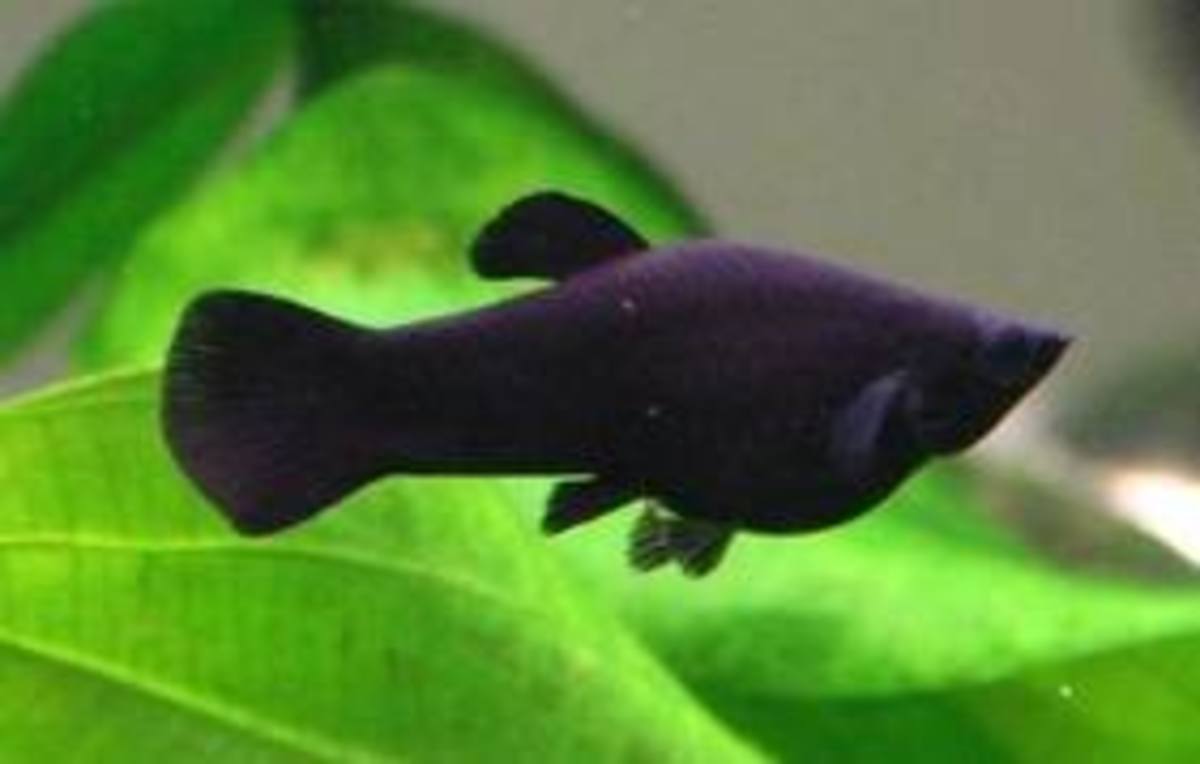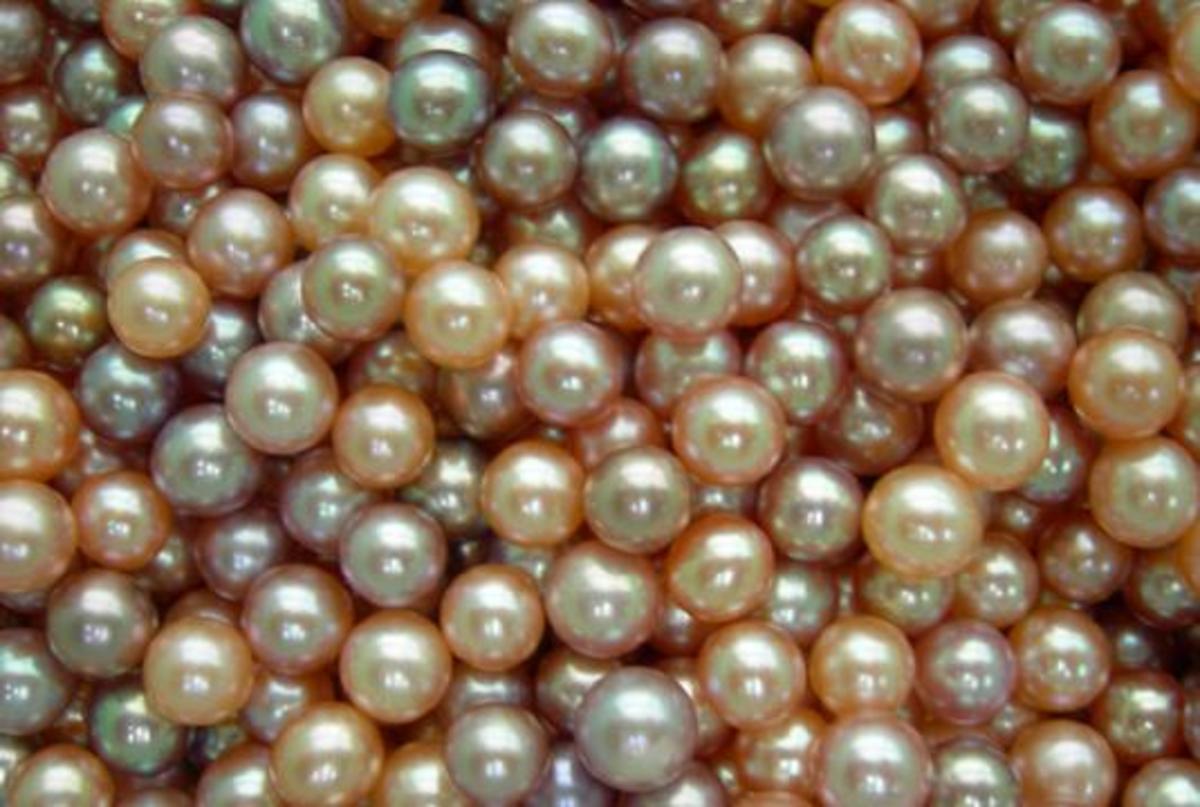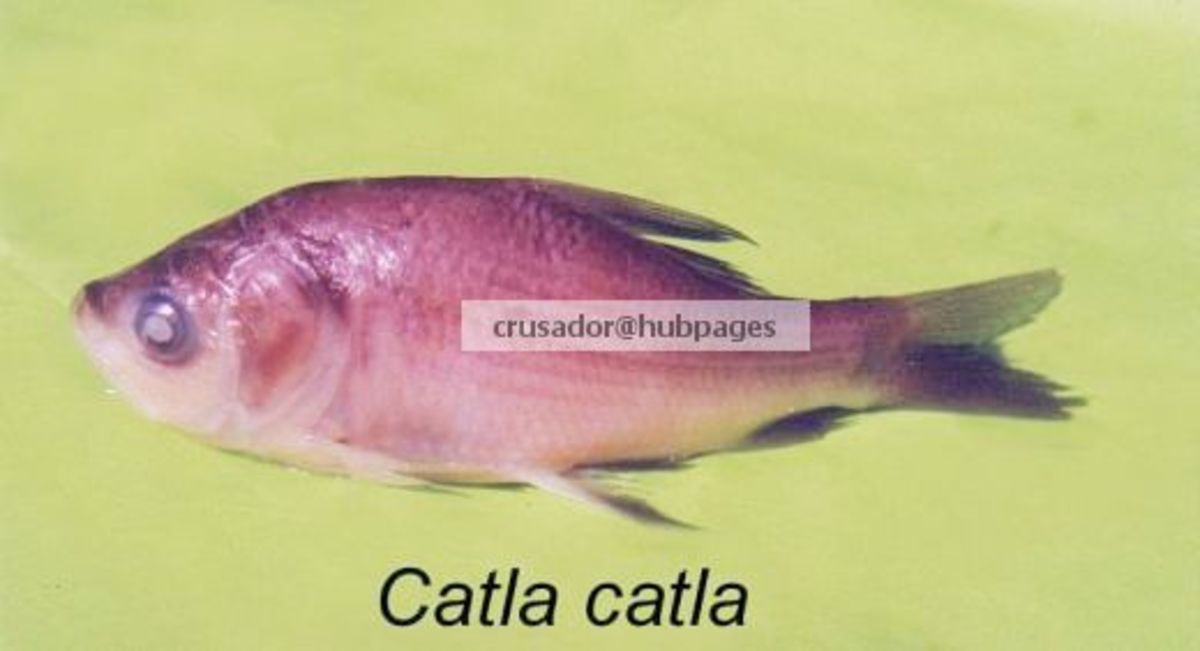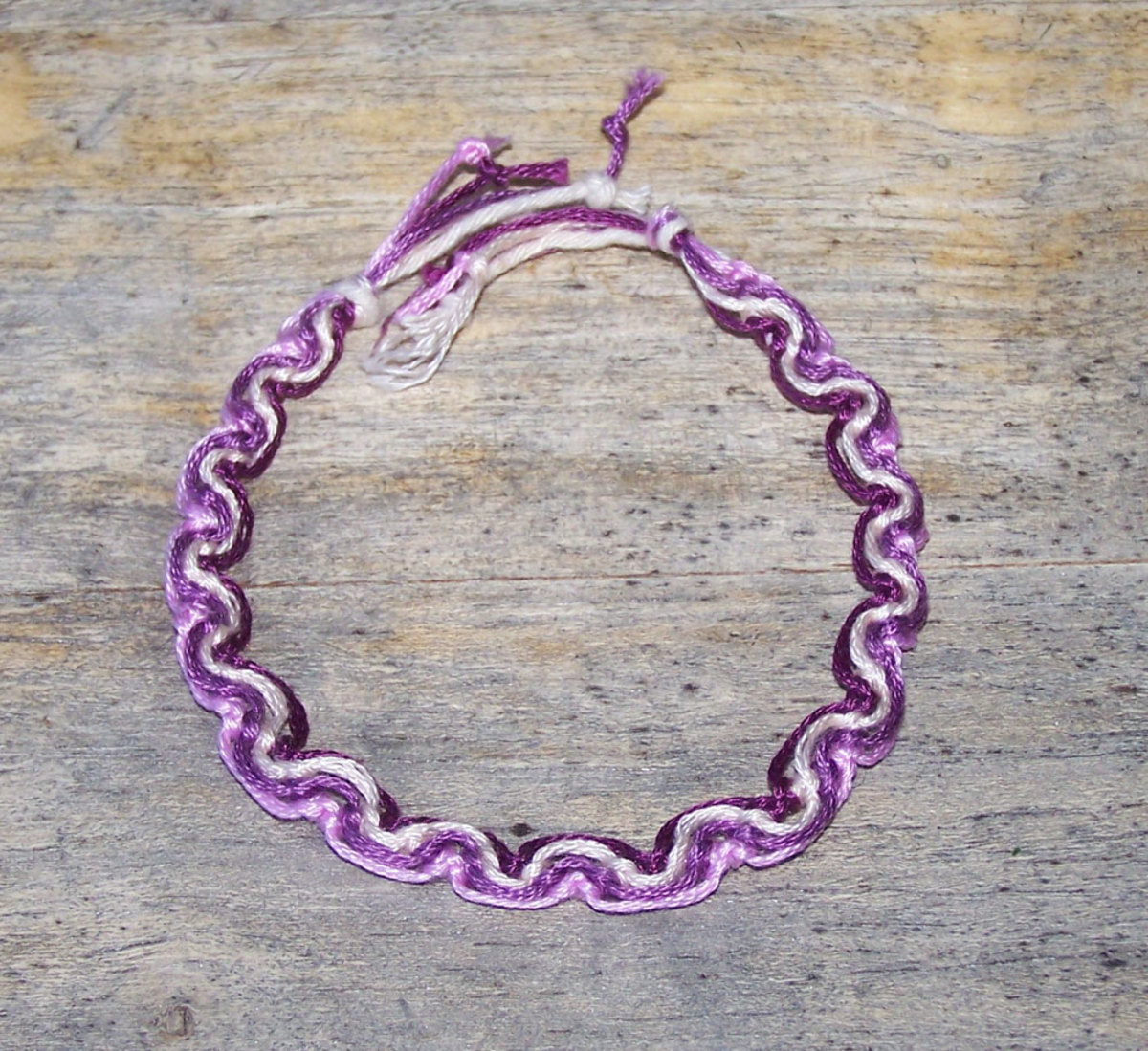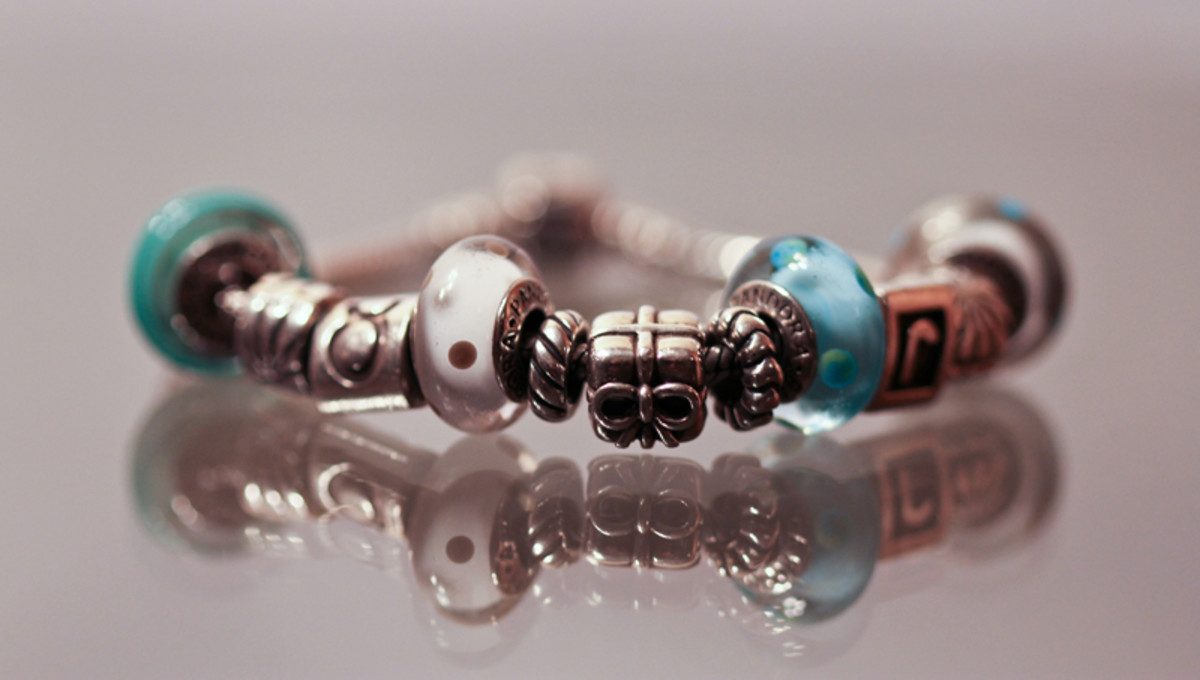A Little Bit to Know About Growing Pearls
Have you ever wondered how pearls grow and how they are farmed? I have, especially since I want to start my own pearl farm. Why? Well, I want to farm pearls as a department of my jewelry business. To start the process, over the summer I started doing some research.
There are Many Types of Pearls!
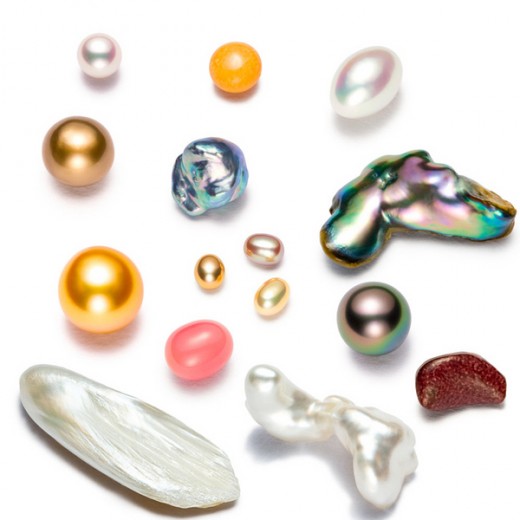
Pearls are grown in Mollusks. Some pearl baring types of mollusks are Abalones, Clams, Mussels, and Oysters. Different Mollusks grow different sized pearls at different speeds, but I’m going to be growing Freshwater Pearl Mussels. According to the Google, a pearl is “a hard, lustrous spherical mass, typically white or bluish-gray, formed within the shell of a pearl oyster or other bivalve mollusk and highly prized as a gem.”
For Example
Since there are many types of pearls each with there own needs, I've decided to focus on Fresh Water Pearls. Freshwater Pearl Mussels naturally live in clean fast-moving water, sand, and gravel. They can grow Grey, Purple, Black, White, Pink, Blue, Green, Orange, Yellow, or Brown Pearls. Freshwater Pearl Mussels can live up to 130 years but start as larva 0.6-0.7 millimeters long. After birth the larva is ejected into the water, in groups of millions, to find a host, which is often a member of the salmon family. Once a larva finds a host, which is very unlikely, the larva closes its mouth and latches on the gills of the fish. When a larva is large enough it detaches from its host and nestles under sand or gravel. It takes 10-15 years for a Freshwater Pearl Mussels to reach sexual maturity.
The Easy Way
For the easier way to grow pearls, one would need to first get live mollusk, then find a body of water which the mollusks can live in. For Freshwater Pearl Mussels this would have to be a freshwater river or stream. After finding a home, then seed the mollusk with a small bead and a piece of tissue. Using a net, loosely wrap the mussels, then tie a rope to the net and the other end of the rope to something secure. The net will protect the mussels and the rope will prevent them from drifting away. This process may take a few months depending on the age of the Mussels.
The Harder Way
To start the harder process of growing pearls. One would need more research on the type of mollusk they want to grow. For this article I’m using Fresh Water Pearls Mussel, although it is one of the fastest growing mollusk water temperature, current, and salt levels can influence the mollusk’s speed. After gathering enough information about the mollusk, one would need to replicate its natural habitat. Making sure the mollusks new home is well filtered and uncrowded, especially since some mollusks are sensitive to ammonia, heat, and do not take overcrowding well. When researching a mollusk, the gallon to mollusk ratio should be easy to find.
To prevent the growth of ammonia a filter is essential, to filter a tank both an under-gravel filter and vertical tube are necessary. The vertical tube will aerate the tank from above and the under-gravel filter will clean from below. Introducing oxygen into the tank will help convert ammonia into an easier substance to clean. For the plastic plate on the under gravel, it should be covered with crushed mollusk shells, crushed coral or dolomite. Plus, air stones should be at the. end of each tube. All materials should be rinsed prior to use. After all the materials are placed in the tank, the water should be indirectly poured along with chlorine remover and salt. The amount of salt is determined by the salt level of the mollusks natural habitat.
Introducing the Mussels to Their New Home
Initially just add a few mollusks and some bacterial water culture to the tank. The first few mollusks will be like a setup crew and bacterial water culture will help the mollusk get used to their new home. After adding all the mollusk to the tank, the water might become cloudy and start to smell like ammonia, but it will go away. Twenty-five percent of the water in the tank will need to be changed monthly to keep the tank clean and replenish minerals. The replacement water should be prepared a day before it's used so it can settle to the same room temperature as the tank.
Feeding
The mollusk will only eat three times a week. When it's time to eat the filter will be turned off and left off for half an hour. Turning the filter off will give the mussels a chance to eat before the filter sucks away the food. Most commercially available invertebrate food will be fine for the mollusk.
Actual Pearl Growing
The hardest part about pearl farming is getting the mollusk to grow pearls. One could take the easy route and buy already seeded mollusk, but it will cost more is only for one-time use. Instead, one could delicately open the mollusk 2-3 cm and place a small bead plus a small piece of tissue inside. Mollusk will reject the bead if it's opened wider than 3 cm and the bead is the core of the pearl. The small bead is made the shell of another mollusk and the tissue is a piece of mantle flesh from a mollusk.
© 2018 Dai Davis

